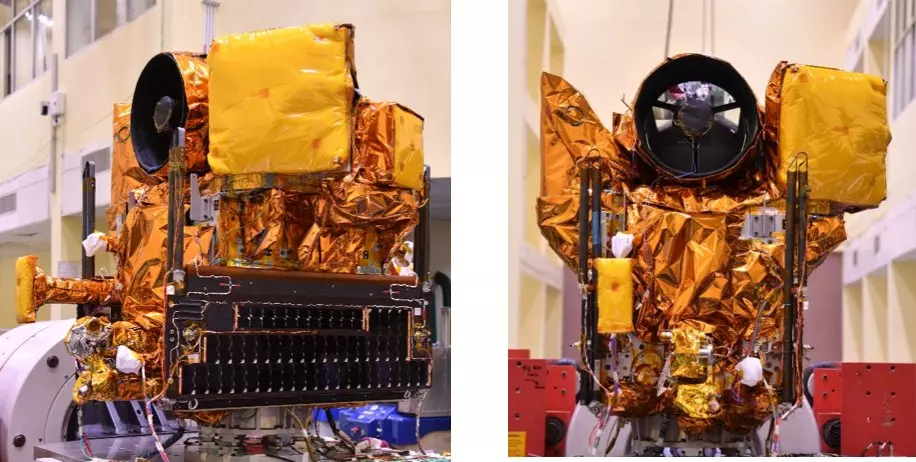ISRO's low-cost SSLV ready for final test

TIRUPATI: The Indian Space Research Organisation (Isro) is set to launch the final developmental flight of its low-cost Small Satellite Launch Vehicle (SSLV) on Independence Day at 9.27 am from the Sriharikota spaceport.
The 34-metre-tall rocket with a lift-off mass of 120 tonnes will launch the 175-kg earth observation satellite, EOS-08, as also some equipment that will be used on the Gaganyaan, India’s first human space mission.
Designed to cater to the fast-growing market for launching 500 kg satellites to low-Earth orbit, the three-stage SSLV promises affordable and rapid access to space and is poised to benefit India's burgeoning space ecosystem.
While the first mission in August 2022 was unsuccessful, the second flight in February last year achieved its objectives. The success of the third mission will mark the completion of the SSLV Development Project and pave the way for future missions by Indian industry and the commercial arm New Space India Limited.
The EOS-08, carries three advanced payloads: an electro-optical infrared payload (EOIR) to carry high-resolution images, a global navigation satellite system-reflectometry payload (GNSS-R) and a SiC ultraviolet dosimeter.
The dosimeter will monitor ultraviolet irradiance at the viewport of the crew module in the Gaganyaan mission.
The EOS-08 features an integrated avionics system that combines multiple functions into a single, unit. Designed with cold redundant systems using commercial off-the-shelf components and can support up to 400 GB of data storage.
The satellite also incorporates various innovative technologies, such as a miniaturised antenna pointing mechanism, a flexible solar panel for improved power generation, and a pyrolytic graphite sheet diffuser plate for enhanced thermal management. Additionally, the mission adopts new methods of integrating housekeeping panels and features advanced data transmission, battery management and thermal control systems.
……….
Facts about the EOS-08 Satellite Mission
- Operates in a circular low-Earth orbit at an altitude of 475 km and inclination of 37.4°
- Mission life of one year
- Satellite mass of approximately 175.5 kg
- Generates around 420 W of power
- Interfaces with the SSLV-D3/IBL-358 launch vehicle

